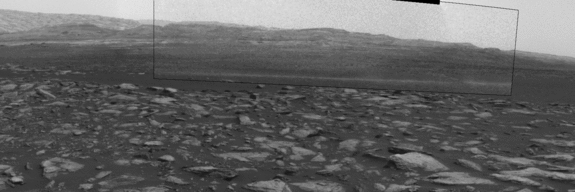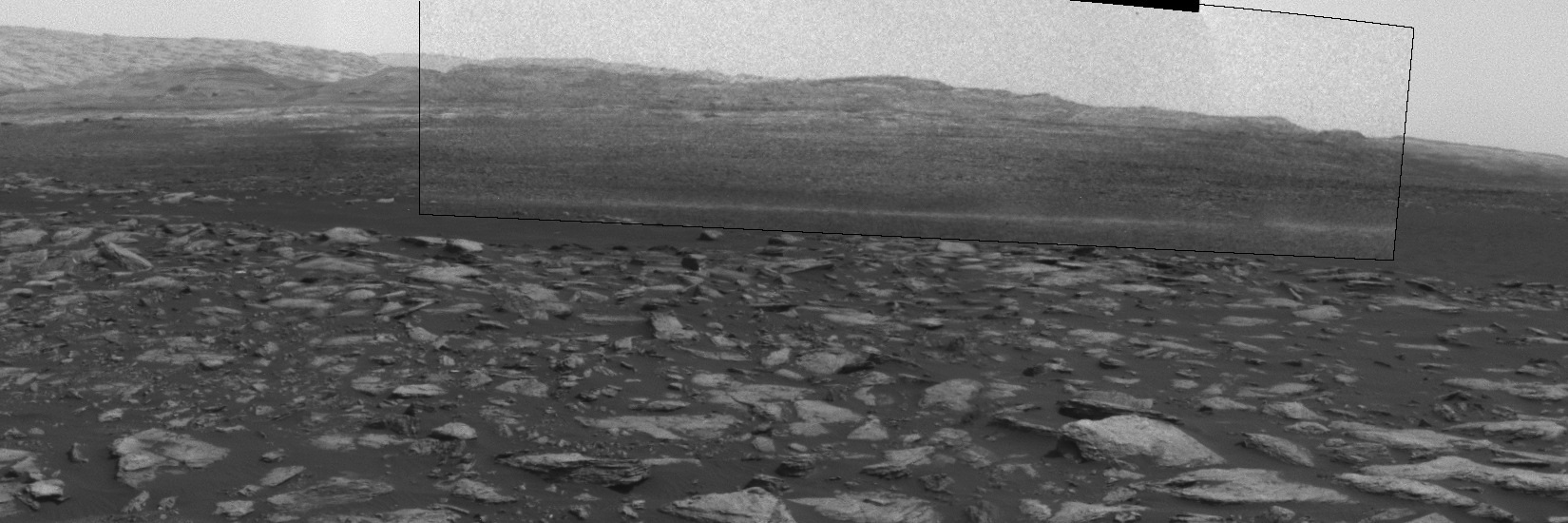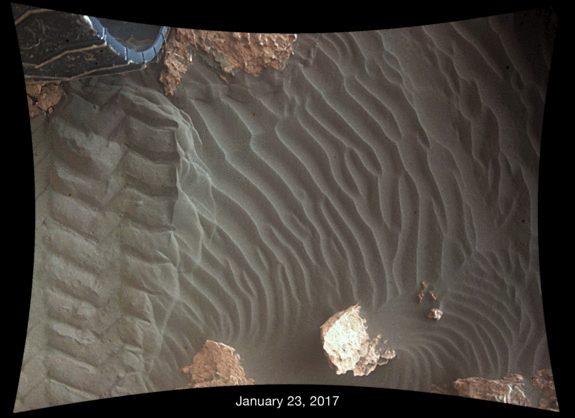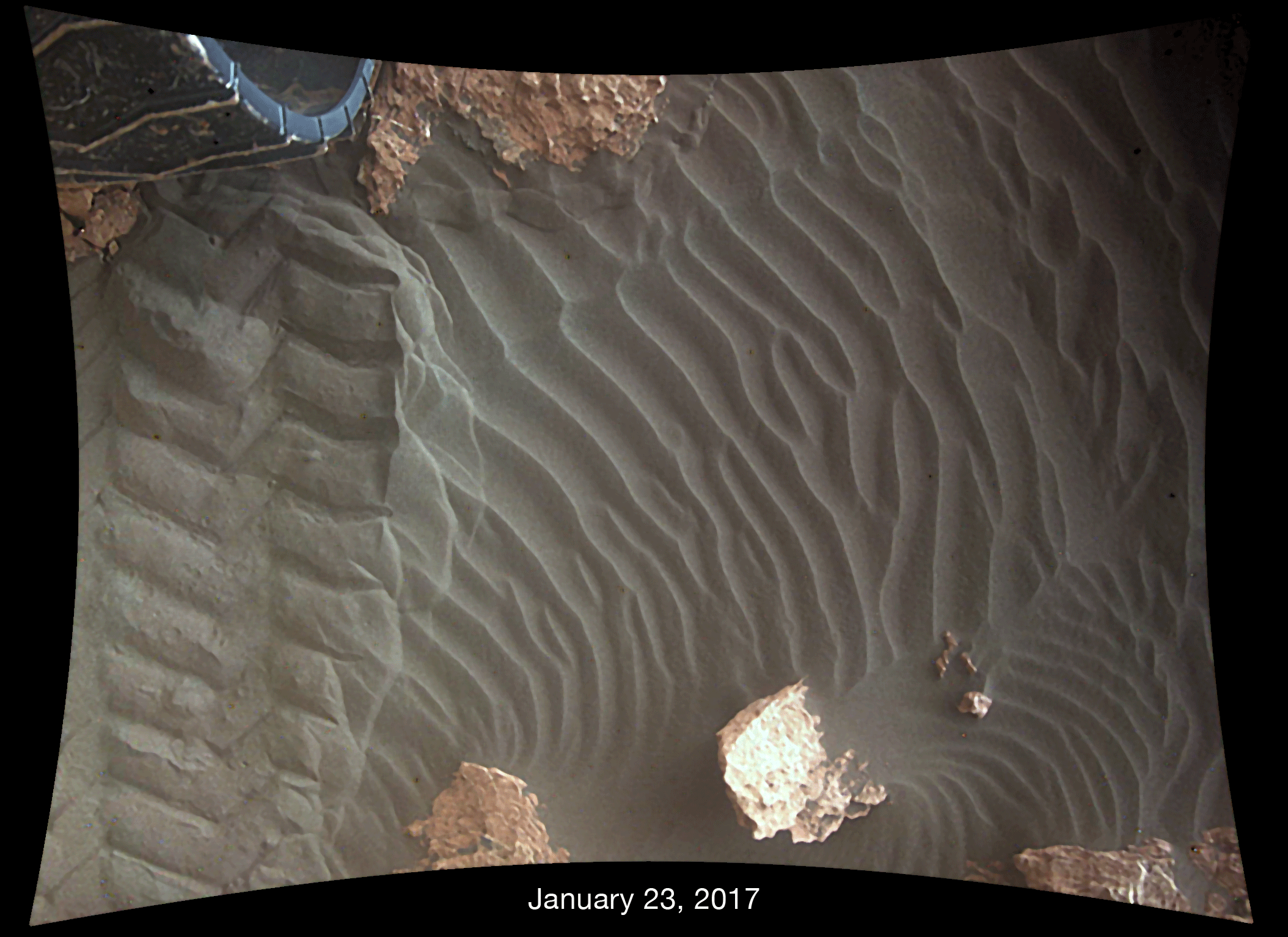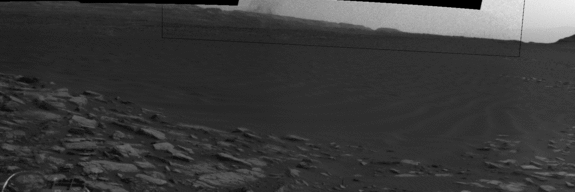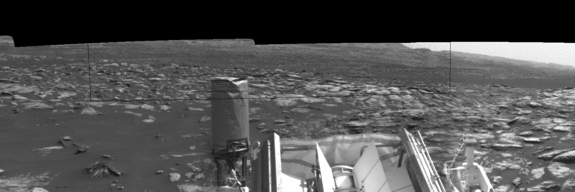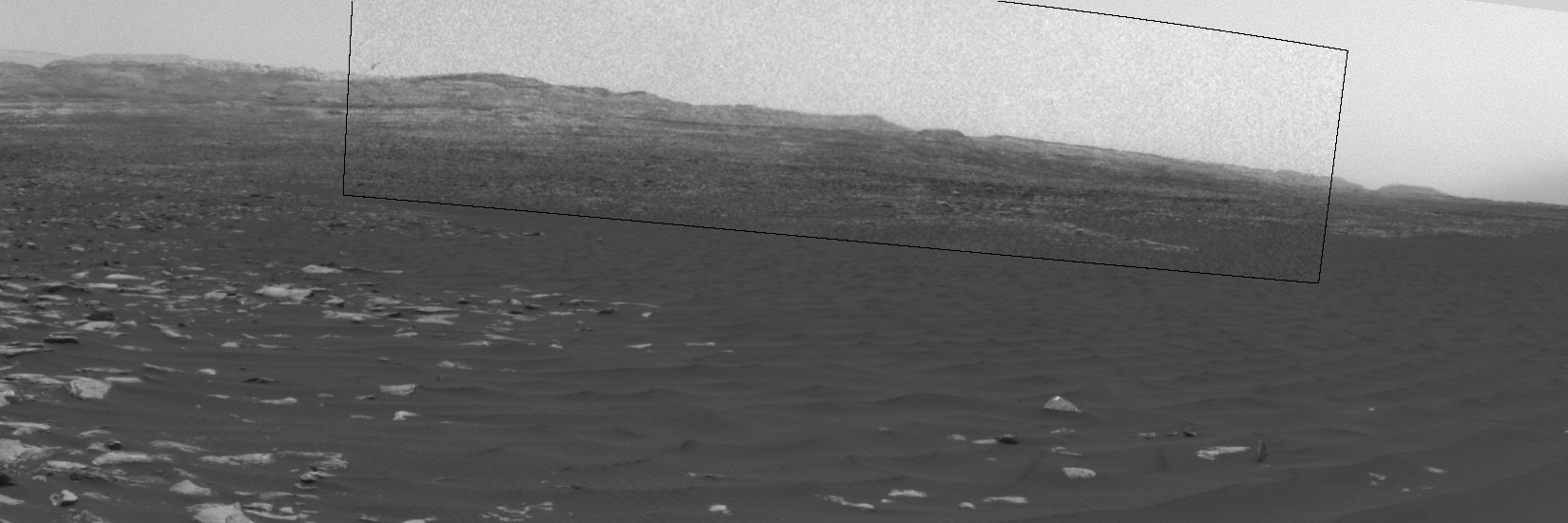.
Martian winds shaped the mountain that stands tall in the middle of the Red Planet's vast Gale Crater, new observations from NASA's Curiosity roversuggest.
While the atmosphere of Mars is roughly 100 times thinner than Earth's, it is still thick enough to support weather, clouds and swirling winds. These appear to be the dominant force shaping the Red Planet's landscape, NASA officials said in a statement.
Using observations from Curiosity and NASA's Mars Reconnaissance Orbiter, scientists found that Martian winds have slowly been carrying dust and sediment out of Gale Crater for billions of years, leaving behind the 3.4-mile-high (5.5 kilometers) layered mountain known as Mount Sharp.
Gale Crater measures 96 miles (154 km) wide and was blasted out by an asteroid or a comet that hit the Red Planet more than 3.6 billion years ago. Ancient rivers later deposited sediments including rocks, sand and silt into the basin, filling it to the brim. Then, when the planet's climate became drier, wind eroded the deposited sediments, NASA officials said.
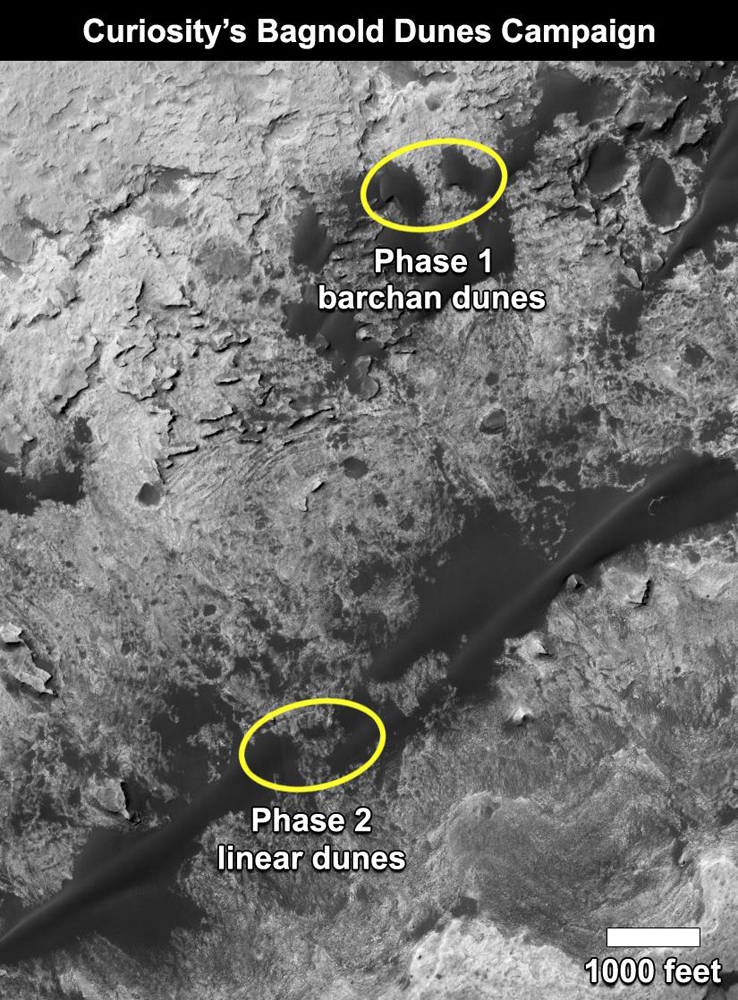
"Scientists first proposed in 2000 that the mound at the center of Gale Crater is a remnant from wind eroding what had been a totally filled basin," NASA officials said in the statement. "The new work calculates that the vast volume of material removed — about 15,000 cubic miles (64,000 cubic km) — is consistent with orbital observations of winds' effects in and around the crater, when multiplied by a billion or more years."
Curiosity investigated crescent-shaped dunes in late 2015 and early 2016. However, the rover's latest work is focused on a group of ribbon-shaped linear dunes, as the Red Planet enters its summer season — the windiest time of year.
"In these linear dunes, the sand is transported along the ribbon pathway, while the ribbon can oscillate back and forth, side to side," Nathan Bridges, a Curiosity science team member at the Johns Hopkins University Applied Physics Laboratory, said in the same statement.
While on the lower slopes of Mount Sharp, Curiosity will continue to study the movement and composition of sand particles at the linear dunes. Recent rover images captured small ripples of sand moving about 1 inch (2.5 centimeters) downwind, as well as whirlwinds called dust devils moving across the crater's terrain, NASA officials said.
"We're keeping Curiosity busy in an area with lots of sand at a season when there's plenty of wind blowing it around," Ashwin Vasavada, Curiosity project scientist from NASA's Jet Propulsion Laboratory in Pasadena, California, said in the statement. "One aspect we want to learn more about is the wind's effect on sorting sand grains with different composition. That helps us interpret modern dunes as well as ancient sandstones."
Take a look at these amazing images of dust devils and other activity on Mars:
